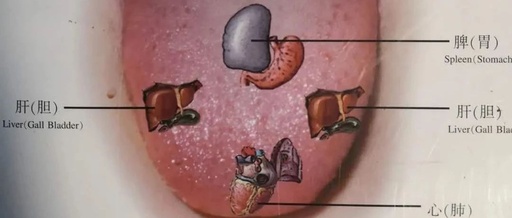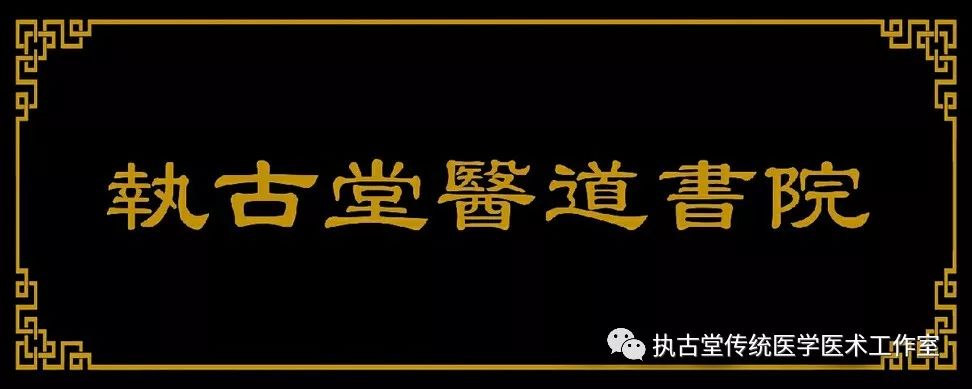
Editor’s Note: “The method of studying is to proceed step by step, reading thoroughly and thinking deeply.” The academy has previously covered preliminary courses on tongue diagnosis, and students must integrate what they have learned with careful study for practical application. Tongue diagnosis primarily examines: tongue color, tongue shape, tongue state, and tongue coating. Today’s lesson focuses on the explanation of seven tongue colors, and students should repeatedly ponder the relationship between tongue color changes and Yin-Yang, avoiding rigid application and blind diagnosis.
Continuing with the tongue diagnosis class.
Tongue diagnosis mainly looks at tongue color, tongue shape, tongue state, and tongue coating, which should be considered comprehensively to finally assess the patient’s condition. Of course, as beginners, we need to categorize our learning. Tonight, we will first discuss tongue color, which refers to the overall color of the tongue body. Note that this is not the color of the tongue coating, but the color of the tongue body itself.
How is the color of the tongue body produced? Every organ and tissue in our body has arteries and veins passing through, meaning there is Qi and blood flowing through. The state of Qi and blood, along with Yin and Yang (Yang Qi and Yin Qi), can be reflected in color. This does not only reflect on the tongue body but can be seen anywhere in the body; however, the tongue body is thin-skinned, allowing for clearer reflection.
Next, we will discuss the main color classifications of the tongue body and the meanings of various colors:
1: Light Red
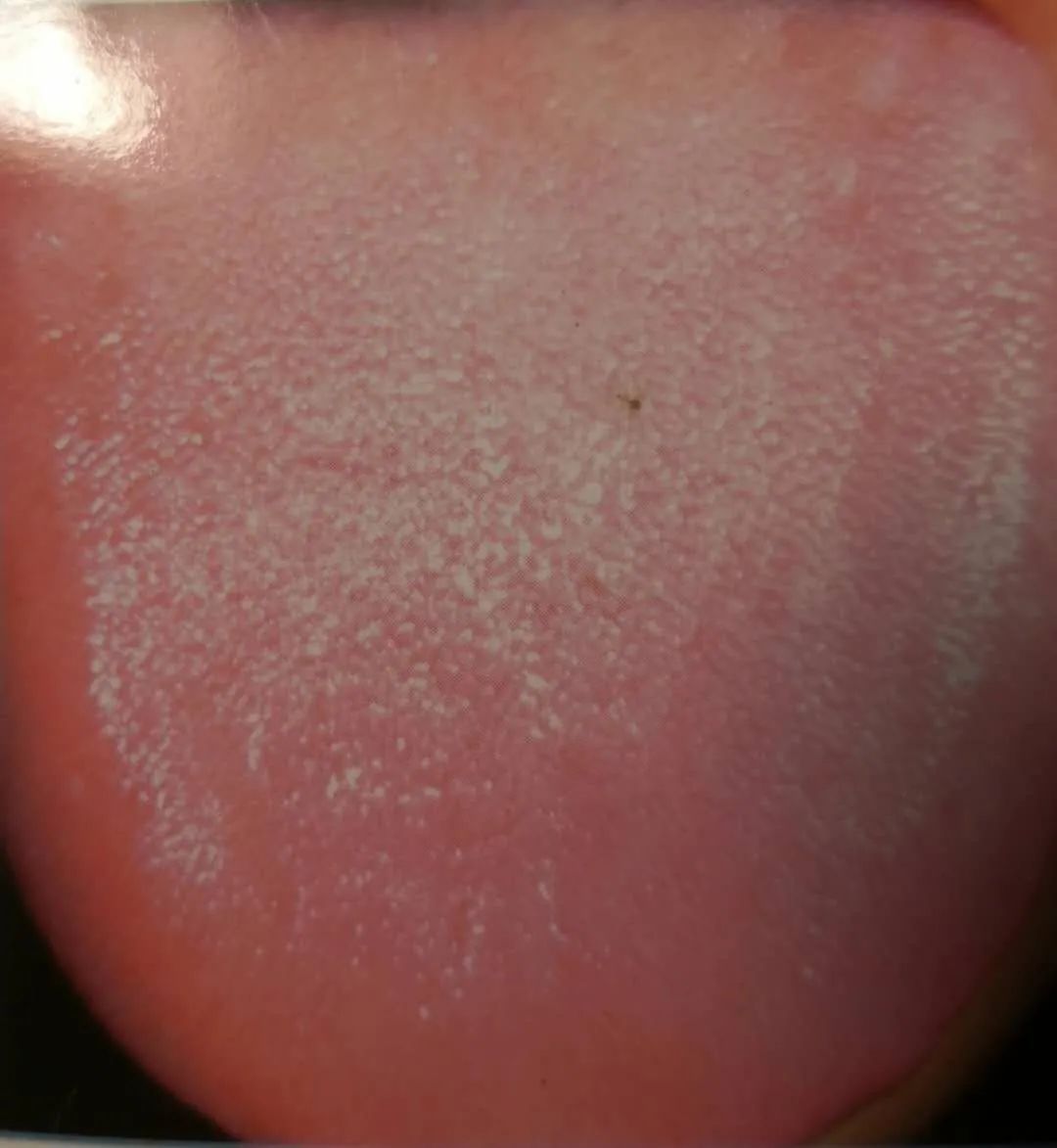
Light red with a hint of white, neither too shallow nor too deep, subtle yet evident, uniform and moderate. This color indicates a healthy tongue body, suggesting sufficient heart blood, evenly distributed Yang Qi, strong stomach Qi, and balanced Yin and Yang.
2: Light White
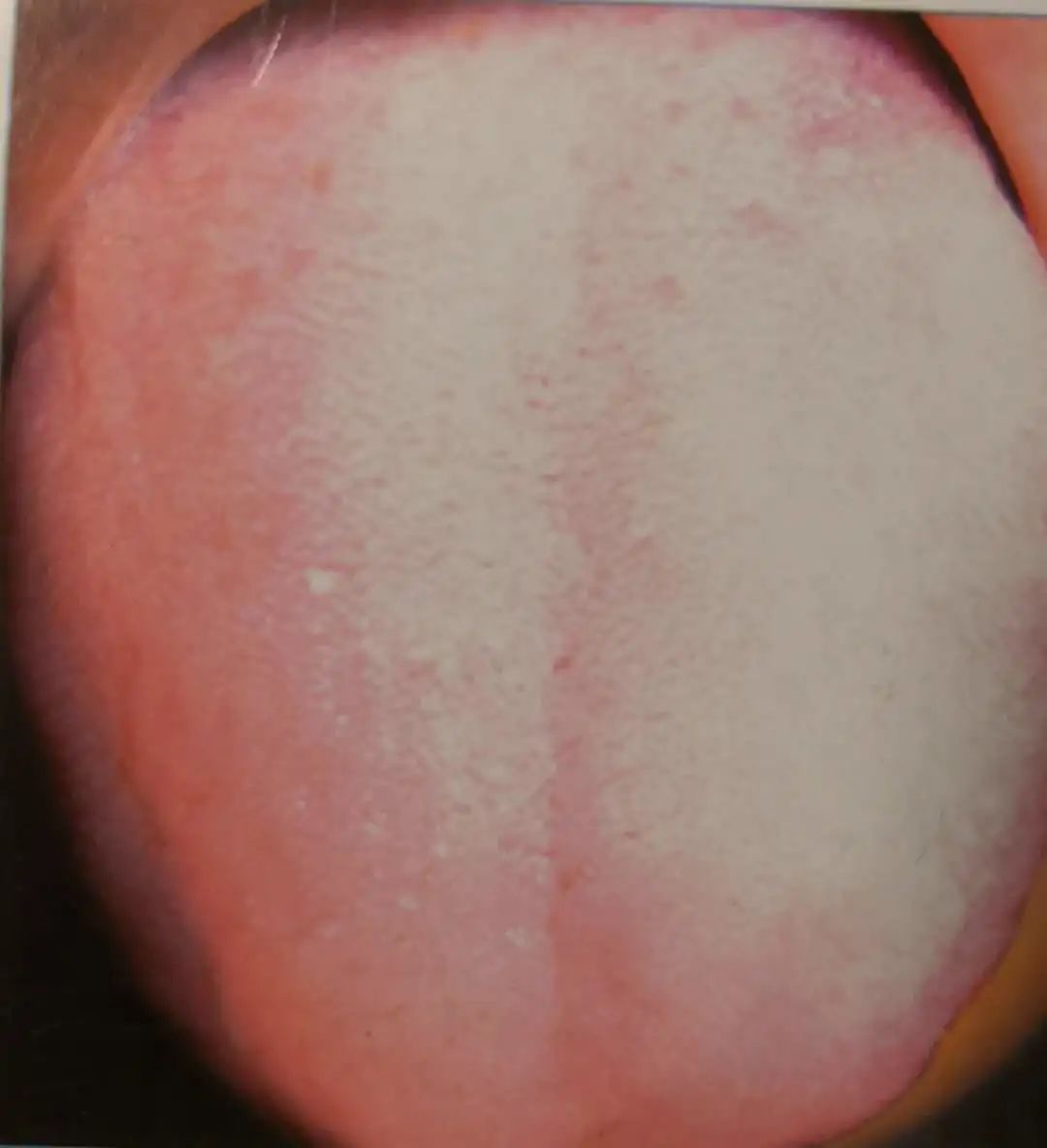
This tongue color is lighter than the light red tongue, with more white than red, indicating a tongue manifestation of deficiency and cold in the body. Deficiency and cold mean that Yang Qi is relatively insufficient, while Yin Qi is not a problem. Weak Yang Qi compared to Yin Qi indicates insufficient heart Yang, similar to a slight decrease in red blood cells, resulting in this tongue body color.
3: Red Tongue
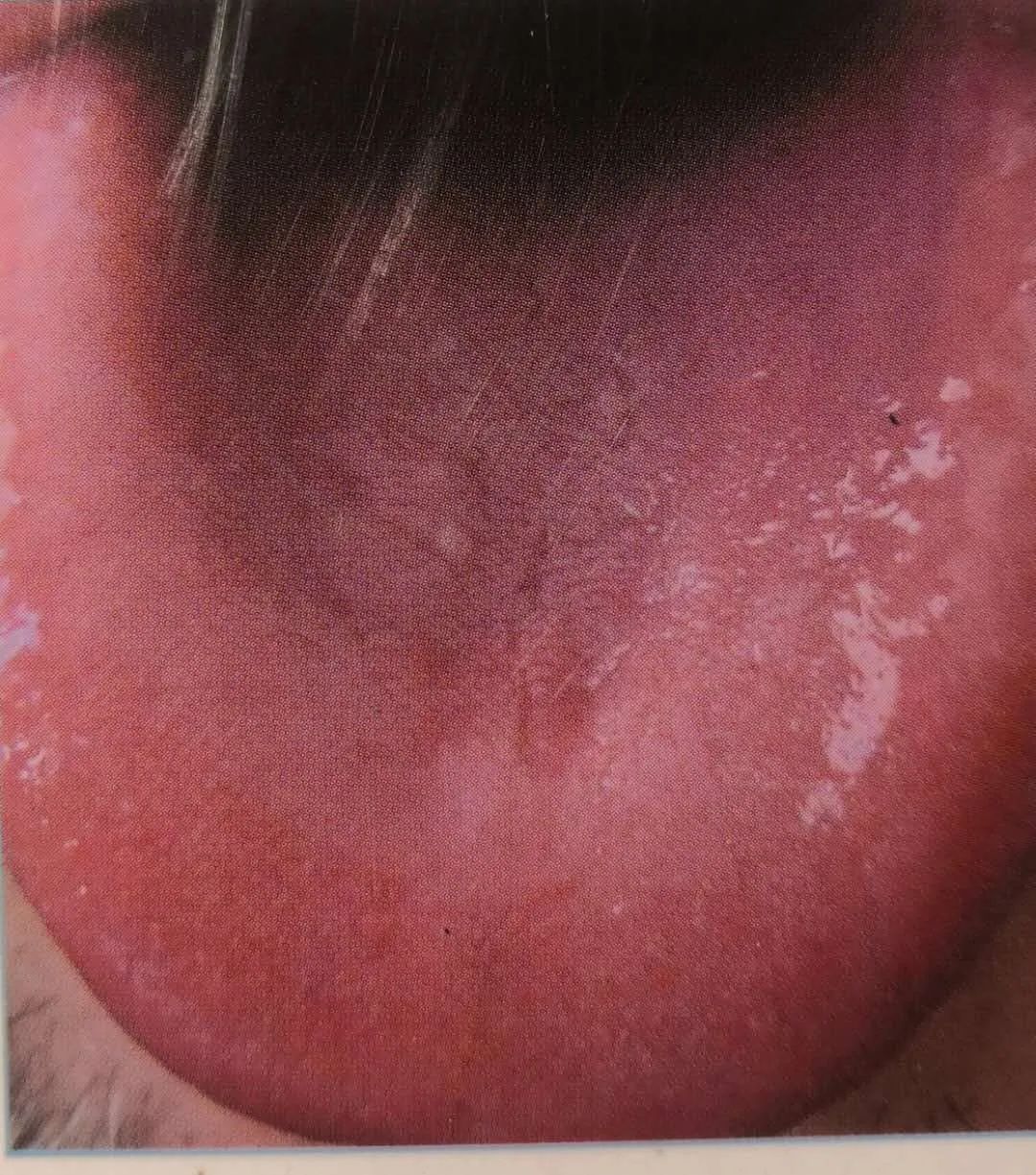
A deeper tongue color, presenting a bright red change, resembling a cockscomb. This indicates excessive heat evil, surging Qi and blood, and a tongue body with full vessels. If the tongue body is not full, it represents a deficiency of Yin Qi leading to a hot constitution. This type of red tongue is often seen in children, especially after exercise or exposure to heat evil, resulting in this tongue body color. If this red tongue is not caused by exercise or spicy food, it generally indicates the early stage of a disease evil.
4: Crimson Tongue
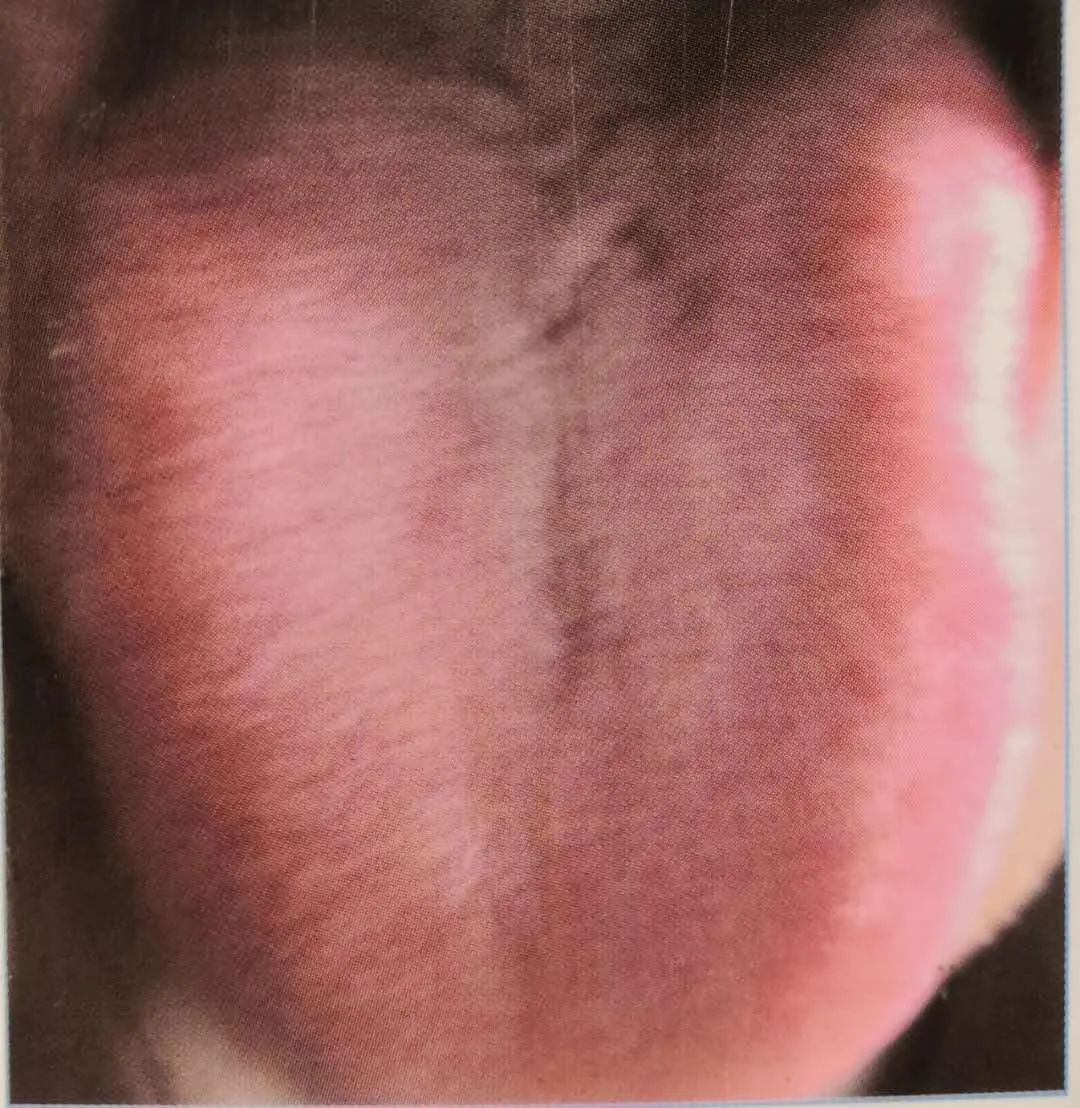
This image is not very accurate, but it serves as a reference. A crimson tongue refers to a red tongue that has further developed, with a purplish hue. This indicates that the disease process has not been controlled, and the heat evil has further developed. For externally contracted diseases, it suggests that the heat evil has entered the Ying blood or the pericardium channel, indicating that the disease process has begun to enter the interior.
For internal injury diseases, it suggests Yin deficiency with excessive fire or depletion of stomach and kidney fluids. Crimson tongues are commonly seen in daily life, especially in children after prolonged fever, constipation, or high fever with convulsions. It is also common in the elderly, but generally indicates internal injury diseases, such as long-term crimson tongues in some diabetes patients, who often experience excessive thirst, frequent urination, and generally present with a crimson tongue. A long-term constitution of Yin deficiency with excessive fire will also lead to a crimson tongue, indicating a manifestation of Yang heat.
5: Purple Tongue
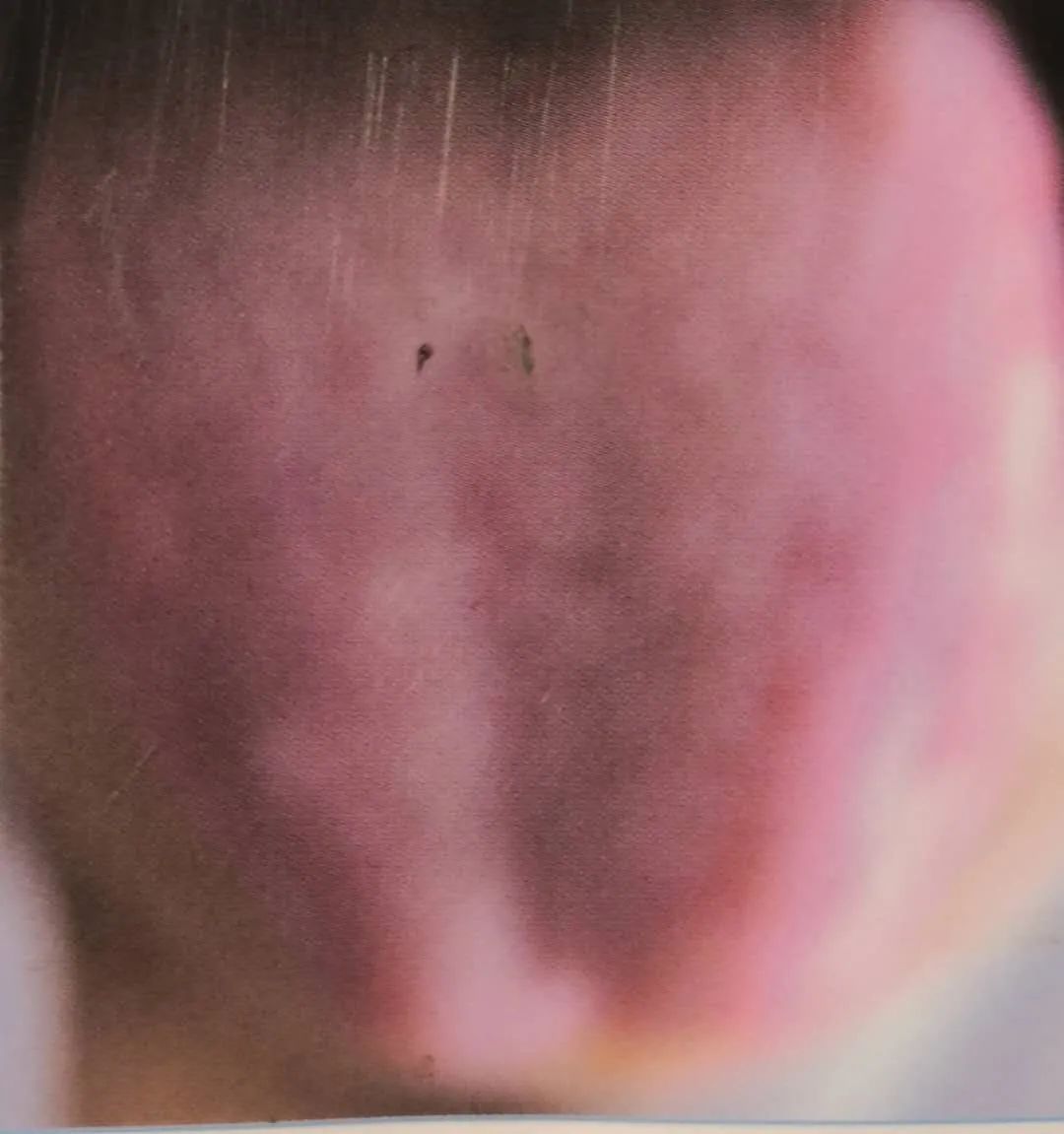
A purple tongue is more severe than a crimson tongue, as we often say, “red to purple”. The tongue body presents a uniform purple change or a mix of crimson and green. This generally indicates extreme heat injuring Yin, leading to poor blood circulation, or external injury causing blood stasis. Extreme heat injuring Yin means excessive heat causing blood to become too thick and flow poorly. If external injury or Qi stagnation causes blood stasis, it can block the flow of Yang Qi, leading to this tongue body color.
6: Blue Tongue
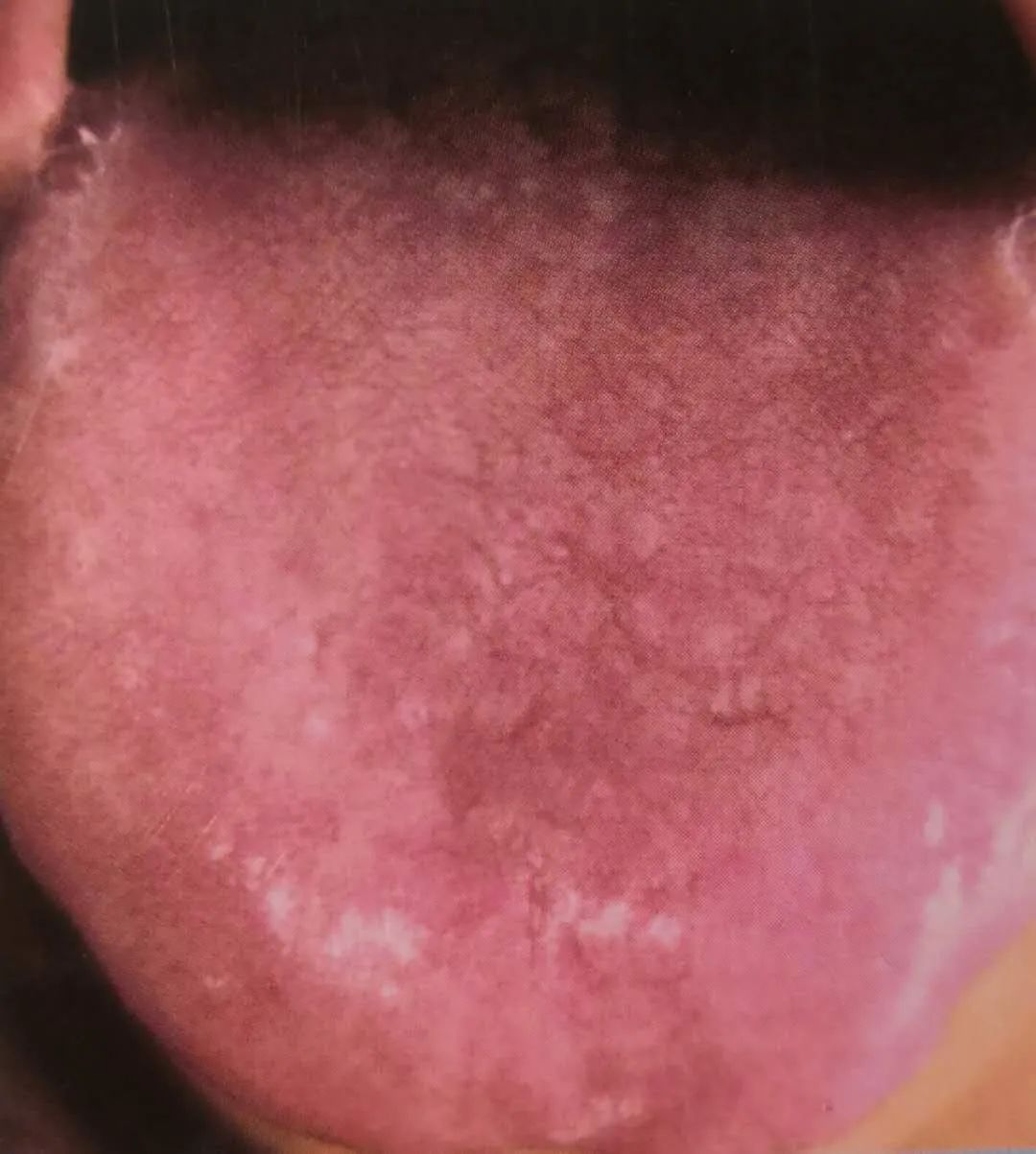
A blue tongue color can easily be confused with purple. A blue tongue resembles the color of exposed blue veins on the skin, but is not as deep. For example, when exposed to cold in icy weather, the face may turn blue, which is this color. This tongue color indicates cold congealing Yang Qi or Yang deficiency with cold congealing, which can lead to internal blood stasis. For those with a cold constitution, frequent menstrual blood clots, abdominal cold pain, and general cold pain, varicose veins, etc., will often present with a blue tongue! If the tongue coating is moist and bright, the prognosis is generally good; if the tongue coating is dry and withered, the prognosis is generally poor. A moist tongue coating indicates that the righteous Qi is not harmed, and the stomach Qi is sufficient, indicating only temporary exposure to cold. If the tongue coating is dry and withered, it indicates harm to the righteous Qi, and the stomach Qi is exhausted with no vitality.
7: Blue-Black Tongue
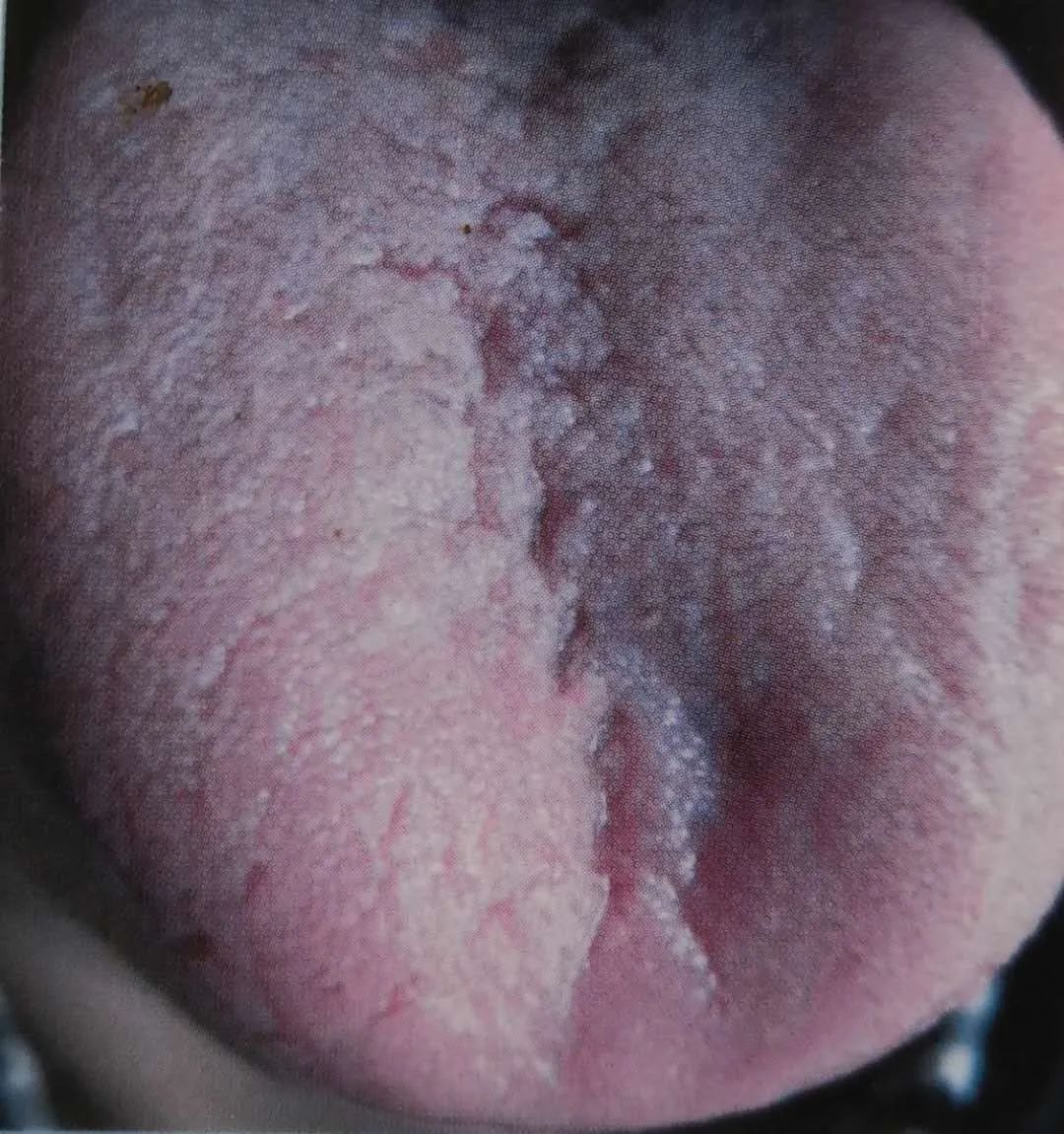
This color resembles indigo and generally indicates mild poisoning, chronic poisoning, or a chronic disease lasting too long. If there is no tongue coating, the prognosis is poor.
The above is a general classification, but in reality, the classification is much more complex. Usually, tongue colors are mixed. The previous discussion focused on the overall color of the tongue body, but specific attention must also be paid to the distribution of colors, which corresponds to the tongue reflex zones.
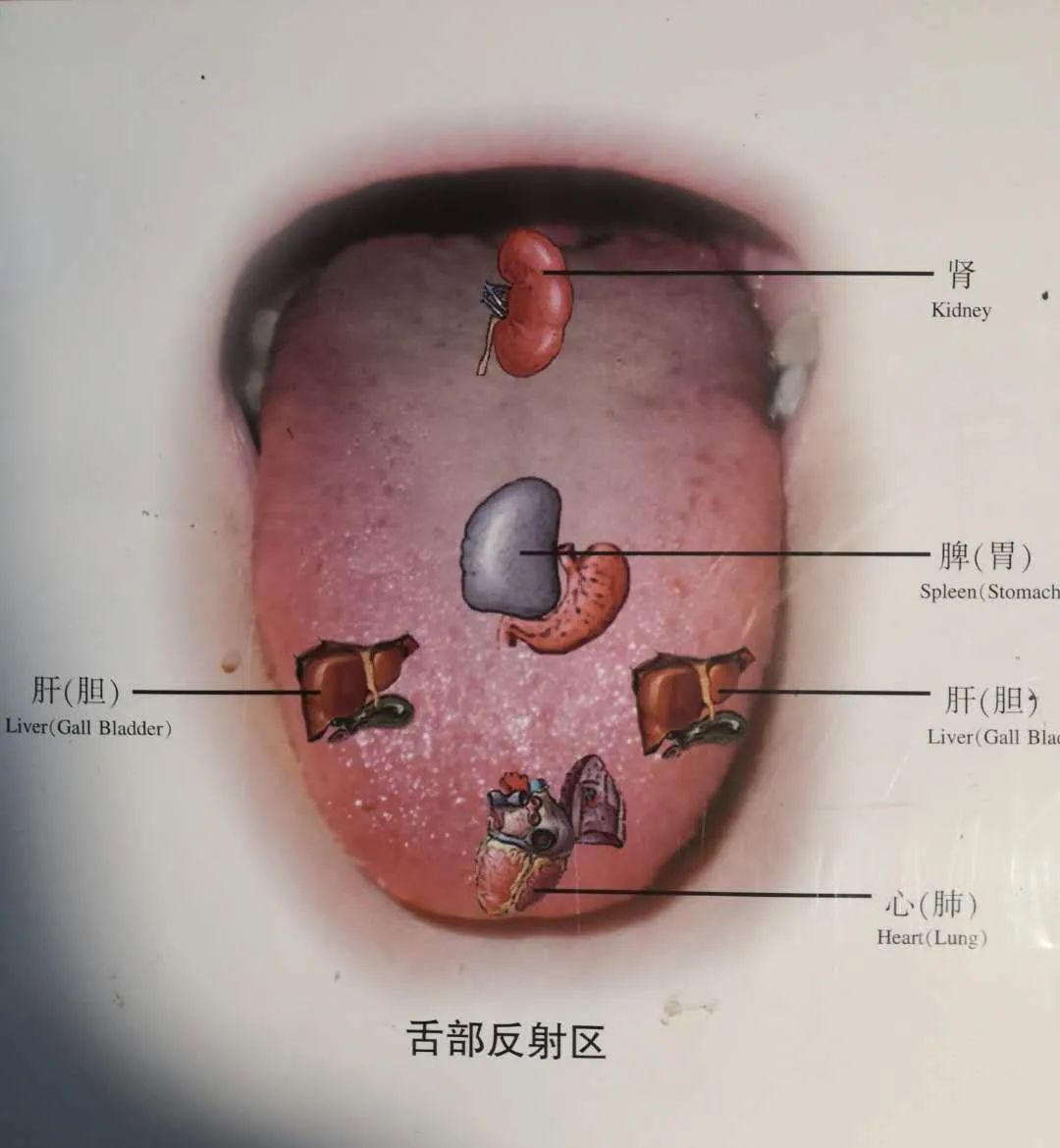
1. If the heart-lung area shows a red tongue and the kidney area shows a light white tongue, it indicates heat above and cold below.
2. If the liver-gallbladder area shows a crimson tongue and the spleen-stomach area shows a light white tongue, it indicates liver-gallbladder heat stagnation and spleen-stomach deficiency and cold, leading to disharmony between the liver, gallbladder, and stomach.
3. If both the liver-gallbladder area and the spleen-stomach area show light white tongues, it indicates that the spleen is counteracting the liver-gallbladder, leading to a failure of the liver-gallbladder to regulate Qi and insufficient liver Qi generation.
Additionally, we observe the tongue veins, known in TCM as Jin Jin and Yu Ye.
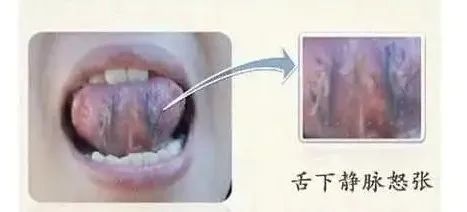
If the color of the sublingual veins is overly blue-purple and engorged, it indicates severe blood stasis and poor blood circulation. If it is light white, it indicates a Yang deficiency constitution. If the tongue veins are small or not full, it indicates blood deficiency. If the distribution of the tongue veins is disordered and chaotic, it indicates Qi and blood stagnation or multiple areas of blockage.
Tonight, we mainly want everyone to understand the color of the tongue body. After class, we should repeatedly ponder the relationship between these color changes and Yin-Yang. Red, crimson, and purple correspond to white, blue, and blue-black; they represent the relationship of Yin and Yang. The further development of Yang leads to red, crimson, and purple; the further development of Yin leads to white, blue, and blue-black. The harmonious state of Yin and Yang is represented by light red, a subtle and unexposed state.
Alright, everyone should carefully ponder this and also take a good look at your own tongue body in the mirror. Do not rigidly apply the images as standards; they are merely references and directions. Thank you all, and we will conclude here tonight. In winter, we should try not to talk too late.
Post-Class Discussion:
Sudden Enlightenment:
Teacher, what does it mean if there is a crack in the middle of the tongue coating? I guess everyone is busy looking in the mirror.
Dr. Chen:
We will discuss this in the next class; this is a matter of tongue quality. @Sudden Enlightenment.
Many children now have light white tongues, leading to frequent colds, low fevers, coughs, and gastrointestinal issues. This type of child must be taken seriously; it is a lifelong matter. Another tongue color is black tongue, which is rare and generally indicates acute poisoning or severe heatstroke, often with life-threatening implications.
SpongeBob:
My veins are small; all the blood vessels in my body are thin.
Dr. Chen:
This indicates severe deficiency of Qi and blood.
SpongeBob:
Yes, in middle school, I went to the hospital for a blood draw, and the nurse’s skill was poor; they pricked me seven times without drawing blood.
Yue Na:
Thank you, teacher! My tongue has teeth marks on both sides and is often red and black.
Dr. Chen:
This indicates that both your liver and spleen are not functioning well.
Yami:
Teacher, my tongue veins are asymmetrical. The left side is short, while the right side is longer and more numerous. What does this mean?
Dr. Chen:
This indicates an imbalance in the distribution of Qi and blood throughout the body, which can easily lead to migraines or numbness on one side, or discomfort in one side of the limbs. This type should be cautious of stroke and hemiplegia.
Yami:
Oh, I see. I have cervical compression, and sometimes my right arm and leg feel numb.
Dr. Chen:
In this case, treating the cervical spondylosis will not solve the problem. You need to exercise more, practice guiding techniques, and strengthen your grip.
SpongeBob:
Teacher, I have small bumps under my sublingual veins.
Dr. Chen:
This may indicate stasis leading to small tumors or phlegm-damp accumulation.
SpongeBob:
Oh, I do have small lumps on my body, as well as fibrous lumps.
Lily of the Valley:
Teacher, I have teeth marks. I particularly tend to have diarrhea when I catch a cold.
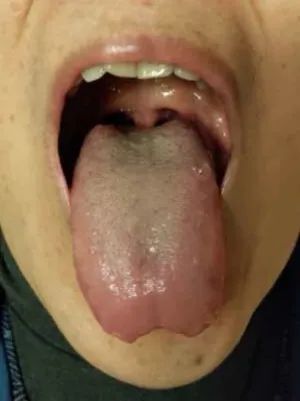
Dr. Chen:
Teeth marks indicate heavy dampness in the spleen, so exercise more and sweat. Avoid eating raw and cold foods.
Lily of the Valley:
I have been careful with raw and cold foods this year; I occasionally ate grapes and had issues, so I am cautious now.
Dr. Chen:
Our generation can only say to take care and pay attention, but we can also focus on the next generation.
Wen Li:
There are small lumps on both sides of my tongue veins that can be moved left and right. Is this abnormal?
Dr. Chen:
This indicates severe stasis in your constitution, leading to phlegm-dampness or a tendency for tumors. When we mention tumors, do not immediately think of cancer; it simply means there are blockages or thrombus-like accumulations in your meridians.
Nan Mu:

Dr. Chen:
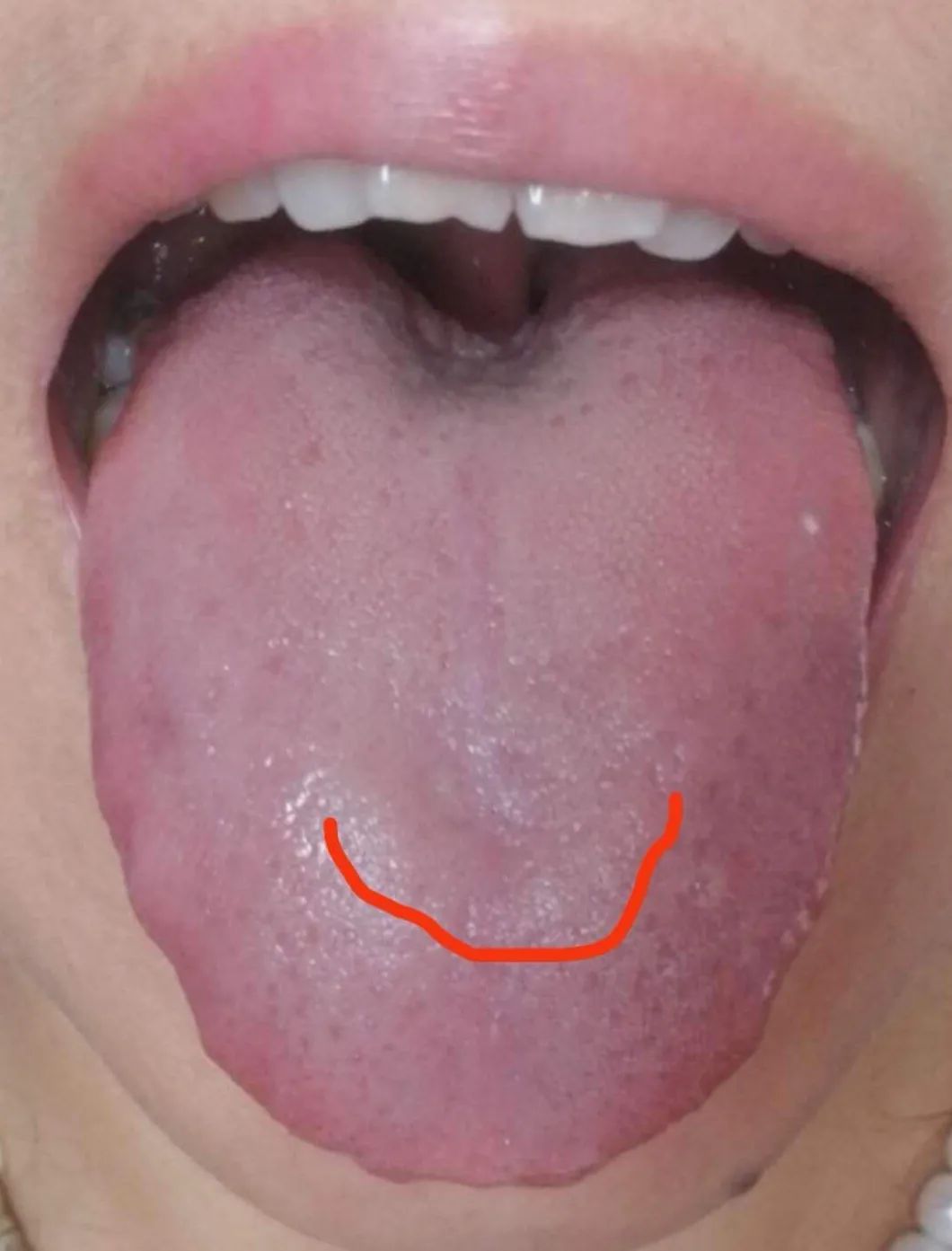
Your lungs are not functioning properly, making it easy to produce phlegm, and your stomach is atrophied. The lung area shows a raised state. This knowledge will be explained to you later. Overall, the tongue body looks quite healthy; at this age, it is impossible to be perfect.
Nan Mu:
Teacher, does this mean there is fire in the lungs? The lung and heart are congested; I used to often cough upon waking up.
Dr. Chen:
Overall, it is acceptable; do not worry.
Xing Yun:
My teeth marks are also obvious.

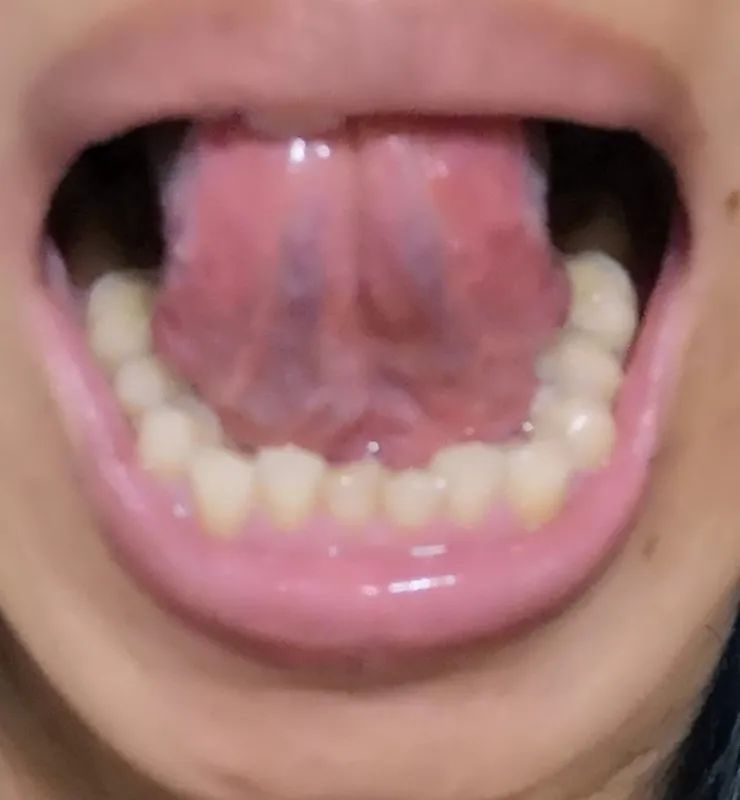
Dr. Chen:
This indicates a cold deficiency constitution, with gastritis, and the throat, trachea, or esophagus may also feel uncomfortable.
Xing Yun:
Thank you, teacher; I feel a bit of disharmony in my spleen and stomach.
Shui Zhong Yue Se:
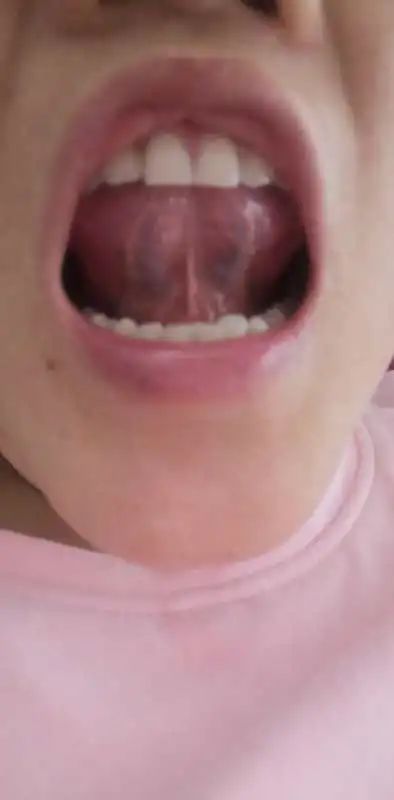

Dr. Chen:
You may have gastritis, digestive issues, or an allergic constitution.
Shui Zhong Yue Se:
I don’t feel anything. I do have allergies; I have been tested for many allergens and have ignored them. Currently, I feel good. Only during health checks, I have been warned for three consecutive years that my gastric cancer markers are too high, and last year they said my stomach is atrophied.
Dr. Chen:
Do not worry; after weaning, take good care of your health.
——-Welcome to Follow——-


